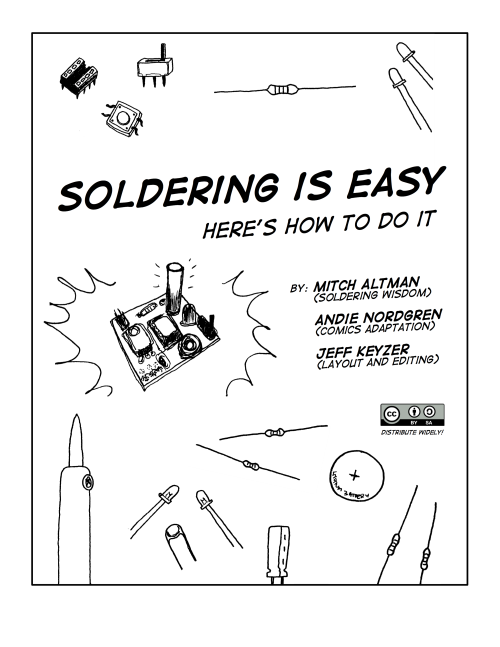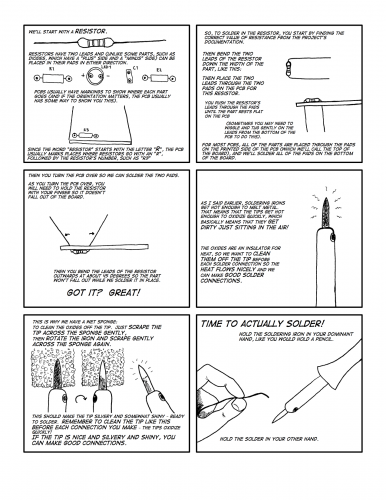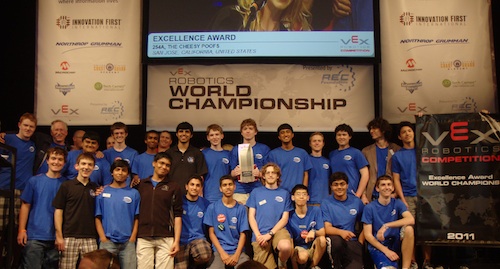As a leadership team, we spent a few minutes watch and discussing this video about Kenyon College swim coach Jim Steen and this streak. Steen coached Kenyon to 31 consecutive Division III National Titles, a streak that was snapped just this year.
While the story of the swim team itself is amazing, the wisdom that guides the team and Steen offers many insights for leadership and schools.
- Focus on the Process not the Outcome
- Be Preoccupied with Being Successful
- Design with Intent
- The Same Path Leads to Stagnation
- Imagination is More Important than Hard Work
Focus on the Process not the Outcome
It is ironic that I write these words on the day of the ACT, but I firmly believe that schools and communities that have the heart will turn their focus away from these outcomes and pour their energy into the process of learning.
Be Preoccupied with Being Successful
It seems Steen would have been preoccupied with winning given the 31 years of just that. Nope. The focus was on their definition of success. What is our definition of success not only for a score or national label but for the whole child, for life? How are we developing tunnel vision action for that locally defined, globally informed definition of success?
Design with Intent
A subtle point in the video but one that is worth noting is how they placed the 31 trophies. Instead of randomly placing them or using a predefined expectation of placing them all together to showcase the achievement, Steen designed with intent. He had them spread out in strategic locations to eliminate pressure while maintaining focus. How often do we design with intent in schools? Sure, the main pieces of schools are at least thought about, but what about the various nooks and crannies of schools? What about surfaces, hallways, stairs, and more? Are we designing every facet of our schools with intent?
The Same Path Leads to Stagnation
It is easy to rest upon what works. It is easy to be caught up in one’s own success. More and more, I am coming to realize that true leaders, real innovators, see the same and common paths as points of stagnation and inevitable regression. Steen talks about how he never travels the same way when he takes a trip and this is a metaphor for his philosophy. This is a powerful thought and one that makes me wonder how many paths we continue to travel each and every day in education. What are the points of stagnation in our organizations? Where are the different paths that would enlighten us? In many ways, it speaks directly to focusing on the process and being preoccupied with being successful. If you aren’t, you’ll take the path of least resistance that gives you the same answer, the known answer.
It reminds me of my favorite quote from Walt Disney: “Around here, however, we don’t look backwards for very long. We keep moving forward, opening up new doors and doing new things, because we’re curious…and curiosity keeps leading us down new paths.”
Imagination is more Important than Hard Work
As a leader, what do you see when you walk around the school? I fear that educators and students are being asked to work harder and harder not innovative, think deeply, and act boldly. How can we renew the spirit of the natural learning, creating, and curiosity? I also wonder about leaders. What are we challenging our leaders to do: work harder or innovative more?
Organizations focused on an outcome with a preoccupation of winning “The Race” are destined to travel the same path over and over that leads to harder work. With that, we kill the human spirit. We kill natural learning. We kill innovations.
No related posts.
Great video by the NCAA about coach Jim Steen and his program at Kenyon College. Being a former coach, I appreciate his words of advice. He has enjoyed the success in men's and woman's programs. He holds the two longest streaks for National Championships in NCAA history. He must be a great mentor as well since both of his streaks were broken by a former student of his own. Coach Steen not only is successful, but he has provided a model that proves successful for others in his sport.
Thanks to Ryan Bretag for posting this video and his comments above. Ryan has boiled down the essence of the video into a few words above. Thank you to Ryan for posting and sharing.
This post and video makes me want to evaluate myself, my school and my program. The key points all seem simple and very down to earth. Programs and school do not need complicated and whole sale changes, we need leaders such as Jim and Ryan.
To many times in education, we here "that is the way we have always done it", Coach Steen warns about utilizing the same path always leads to stagnation. Do you work with individuals who continue to follow the same path each year? Tried and true methods are good but don't we need to be continually improving. Our students are changing, we need to challenge ourselves to continue to meet their needs.
I know teachers and students at my school work extremely hard to be successful. Do we have to work so hard or is there a more effective way of achieving our goals and objectives? Does holding on the "old" create more work for all parties involved?












